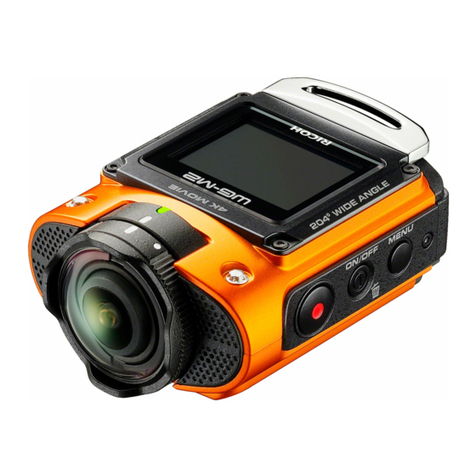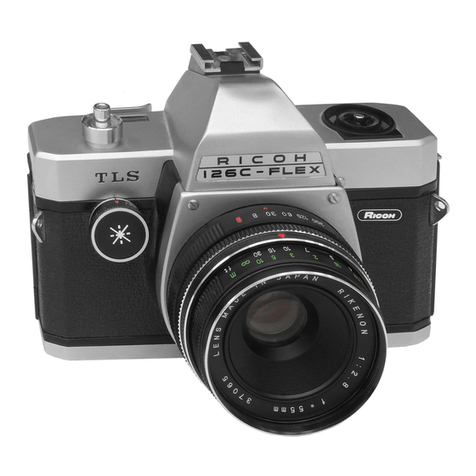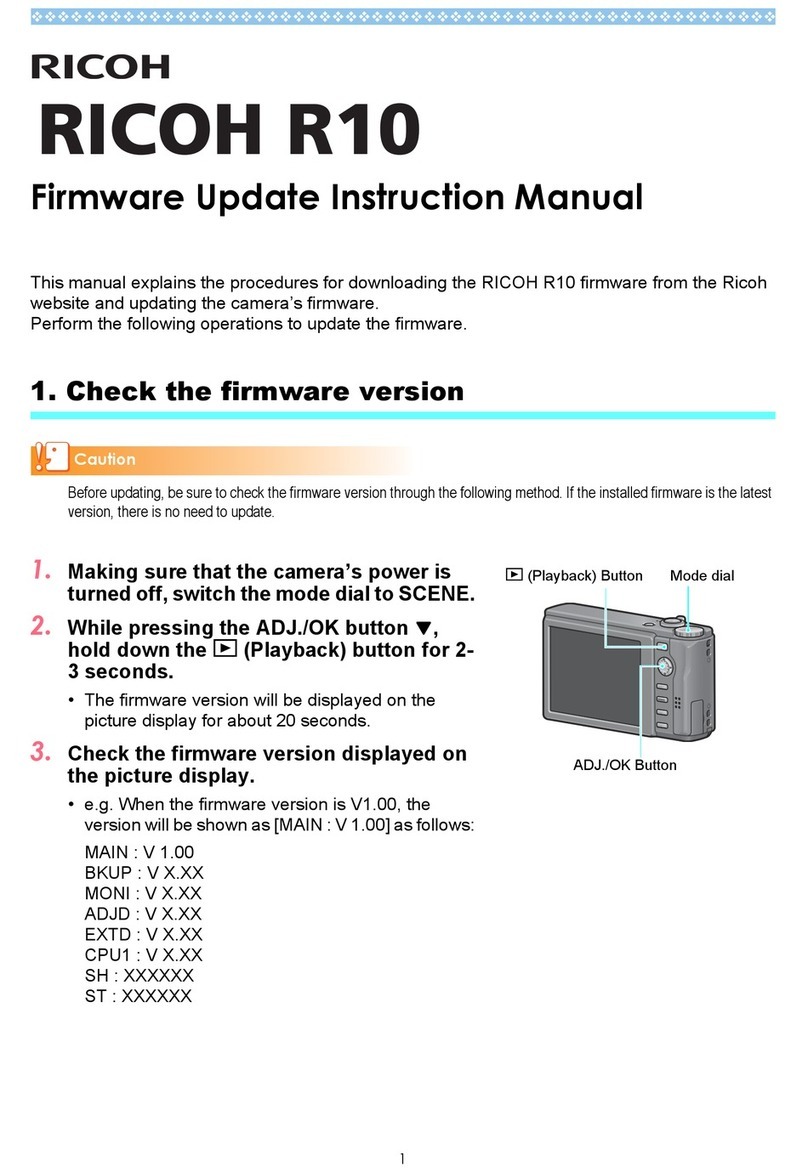Ricoh 35 User manual
Other Ricoh Digital Camera manuals
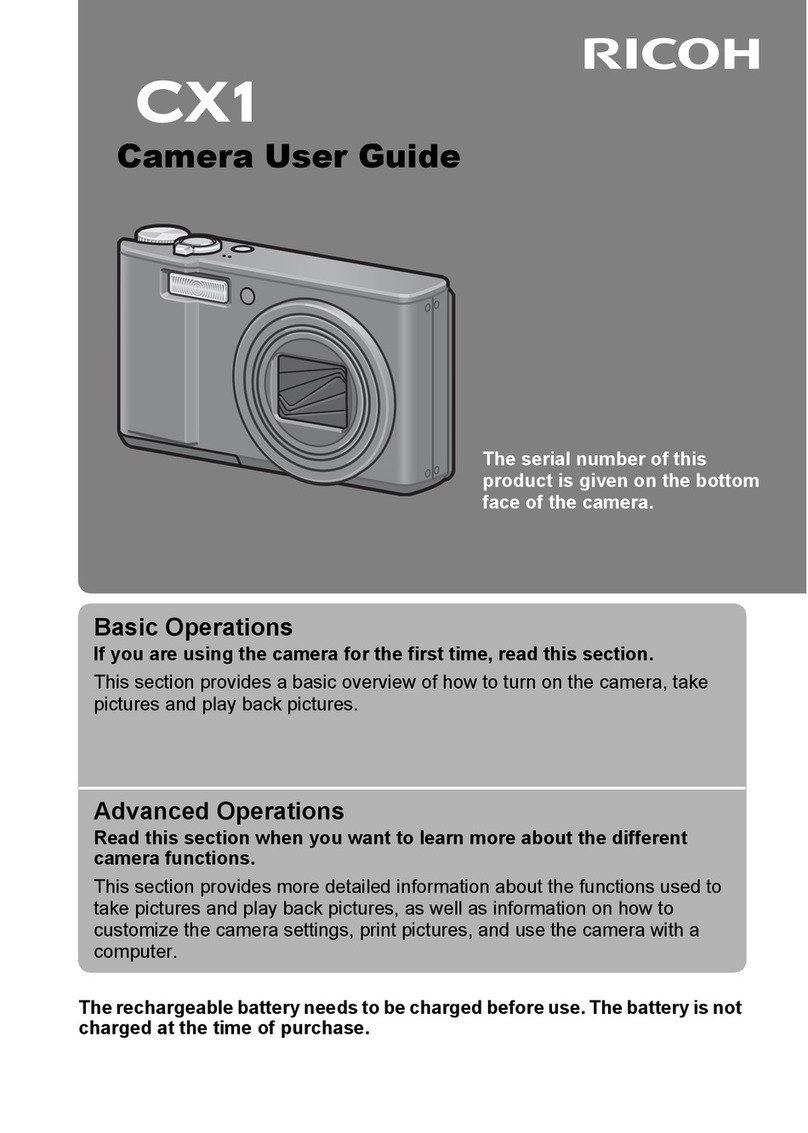
Ricoh
Ricoh CX1 User manual
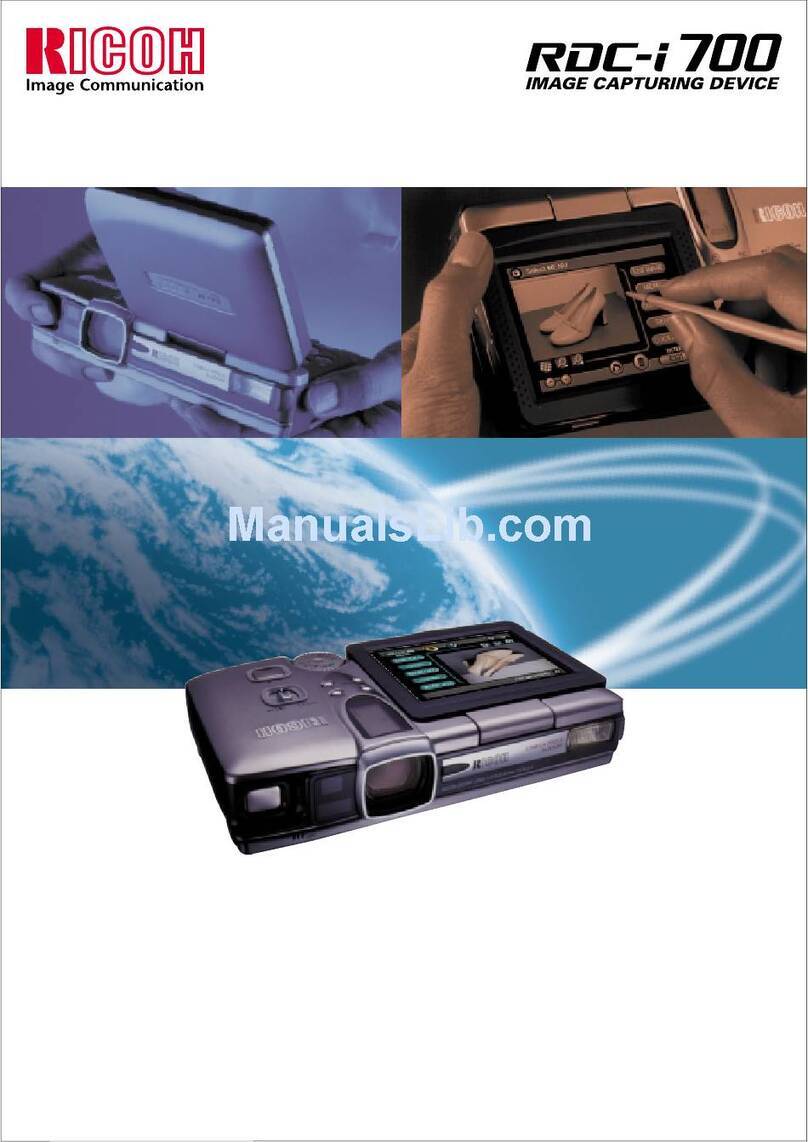
Ricoh
Ricoh RDC-I700 User manual

Ricoh
Ricoh Caplio G3 User manual
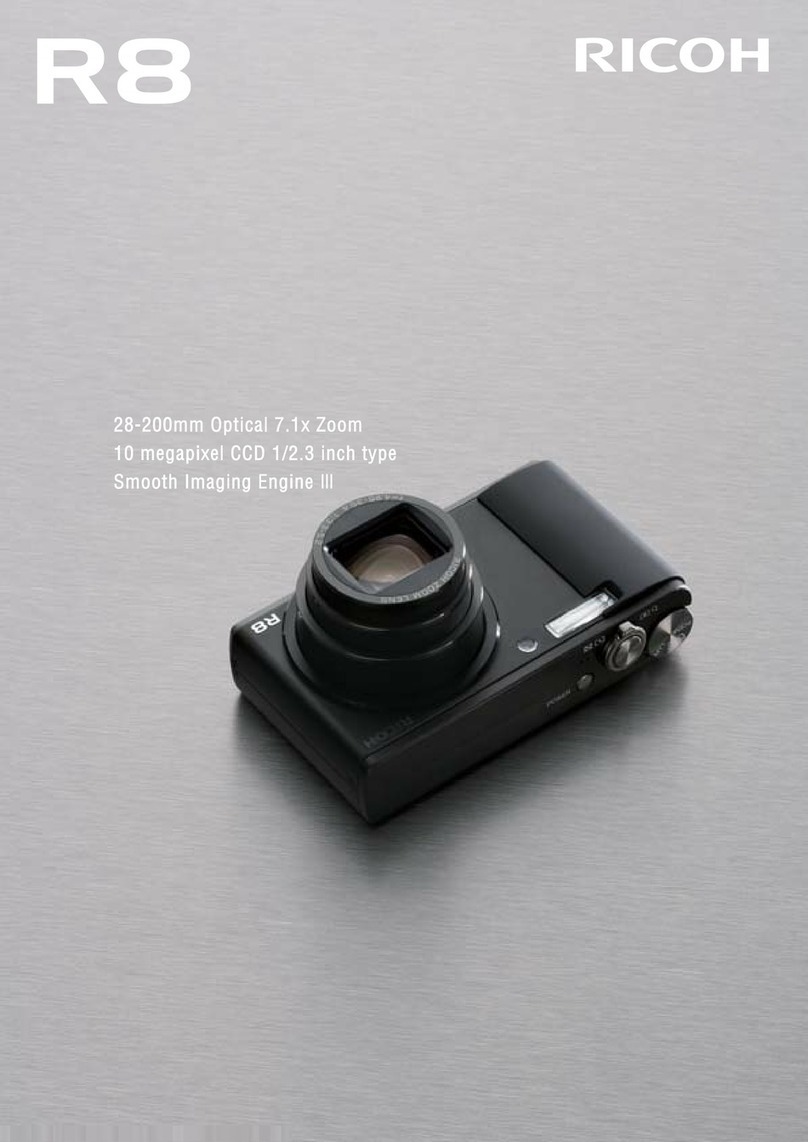
Ricoh
Ricoh R8 User manual
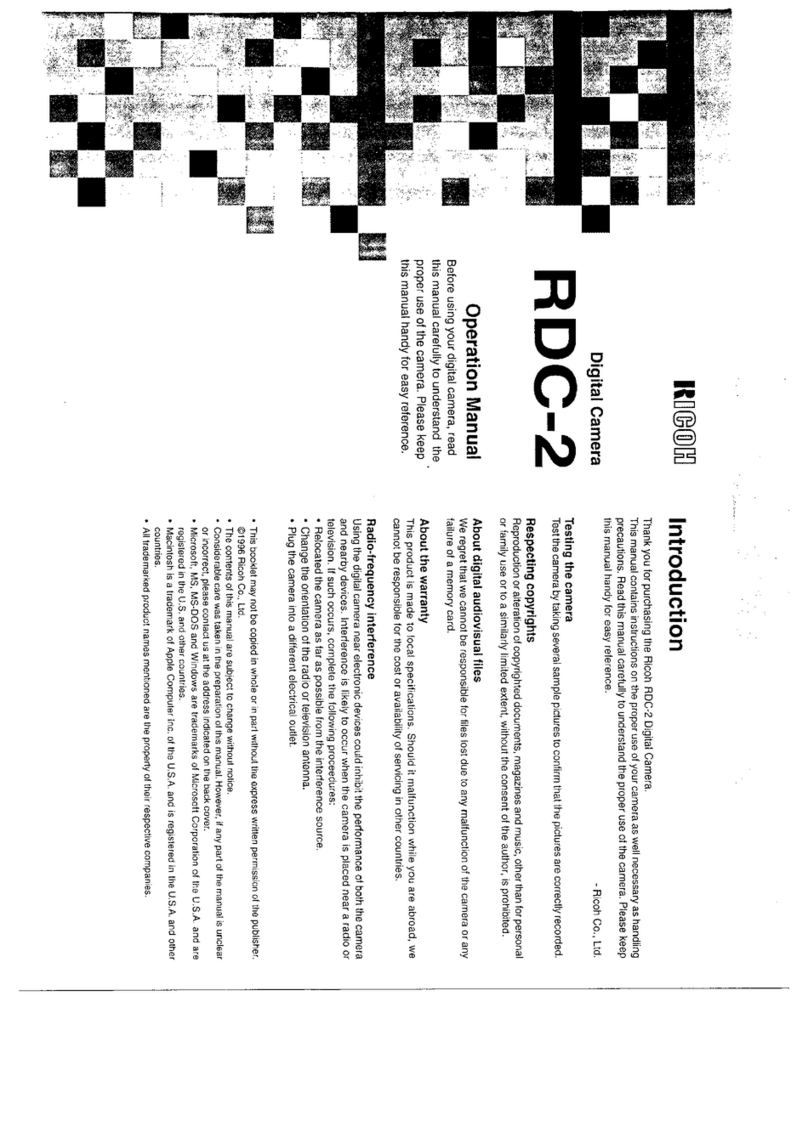
Ricoh
Ricoh RDC-2 User manual
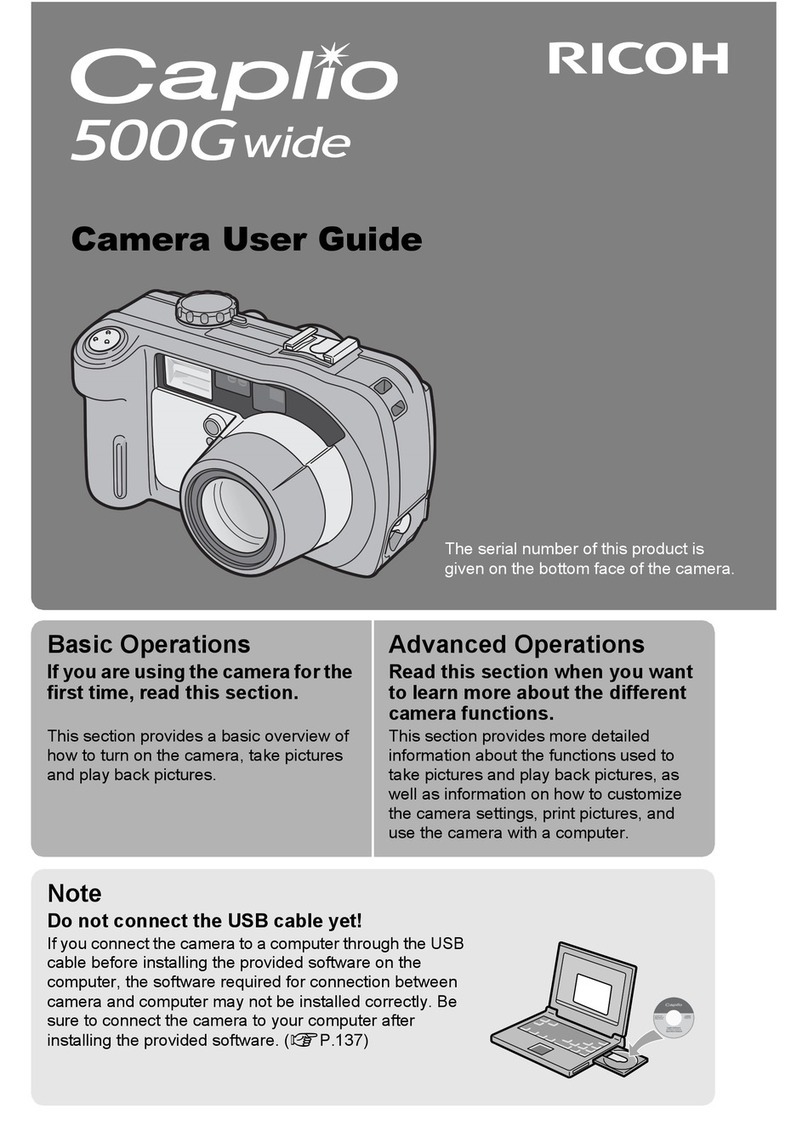
Ricoh
Ricoh Caplio 500G wide User manual
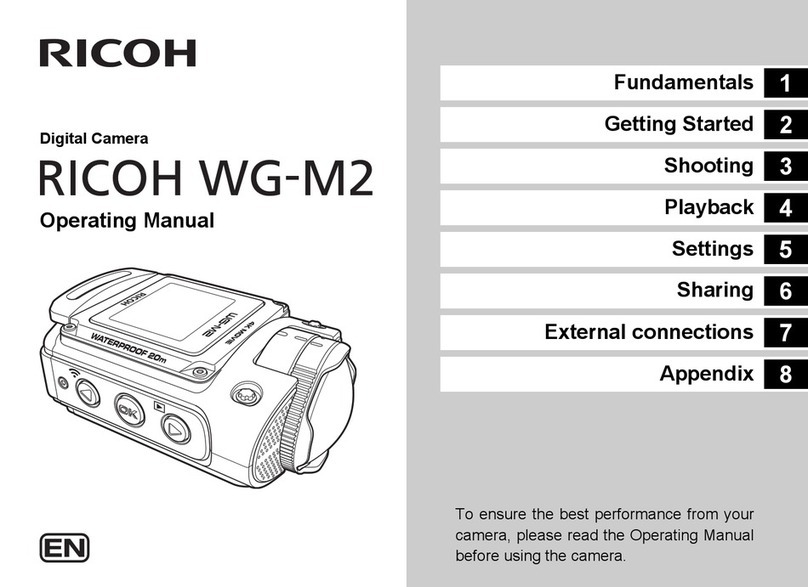
Ricoh
Ricoh WG-M2 User manual
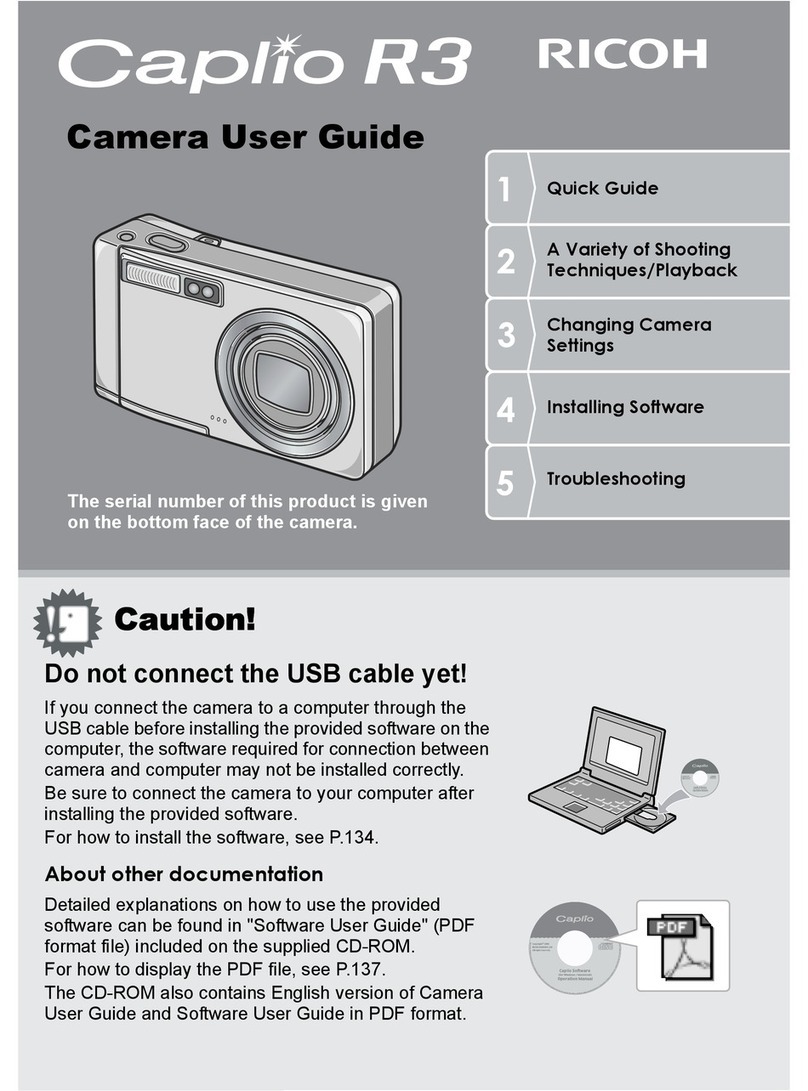
Ricoh
Ricoh Caplio R 3 User manual

Ricoh
Ricoh RDC-5000 User manual
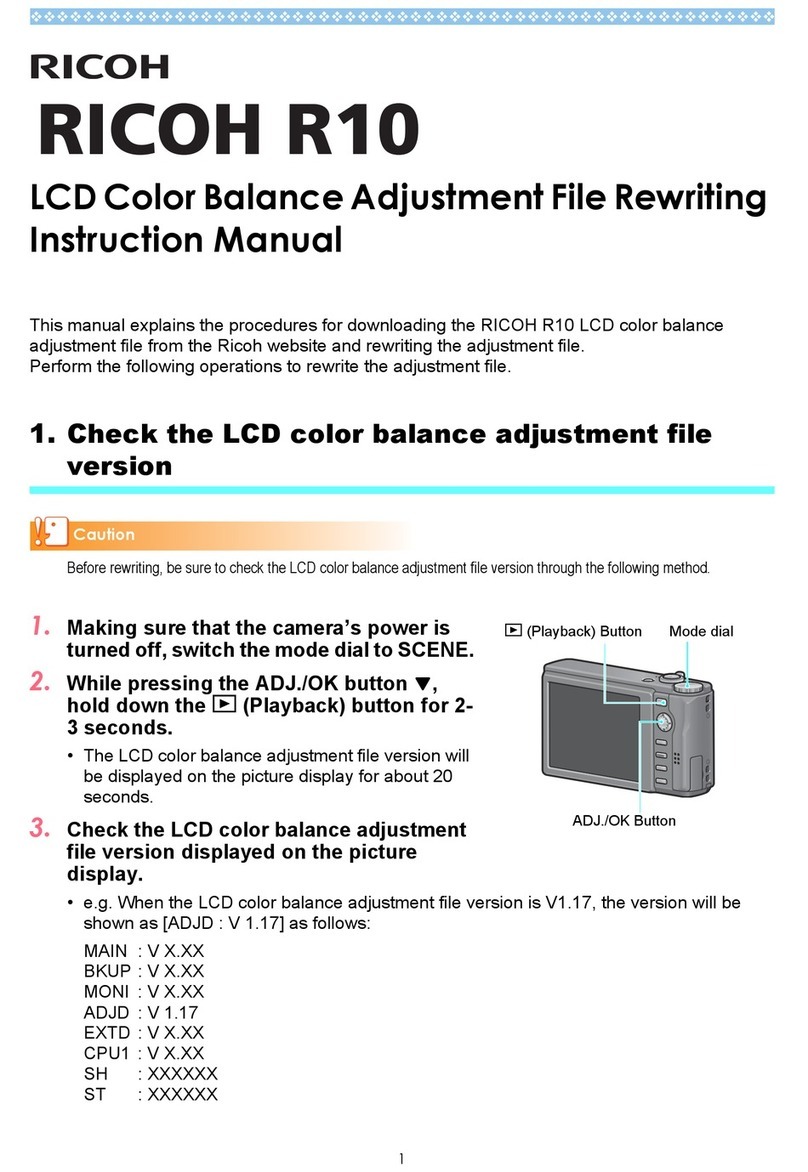
Ricoh
Ricoh R10 Programming manual
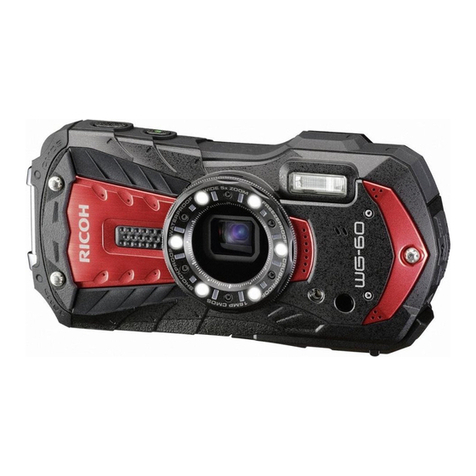
Ricoh
Ricoh WG-60 Guide
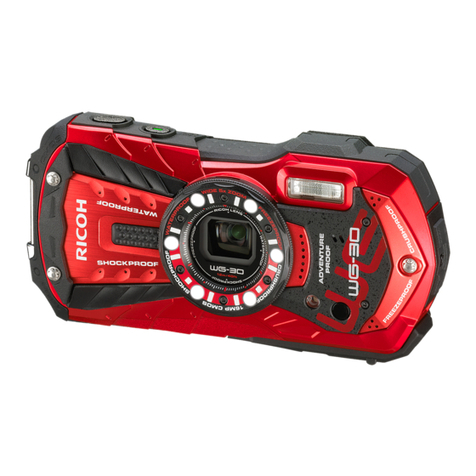
Ricoh
Ricoh WG-30 User manual
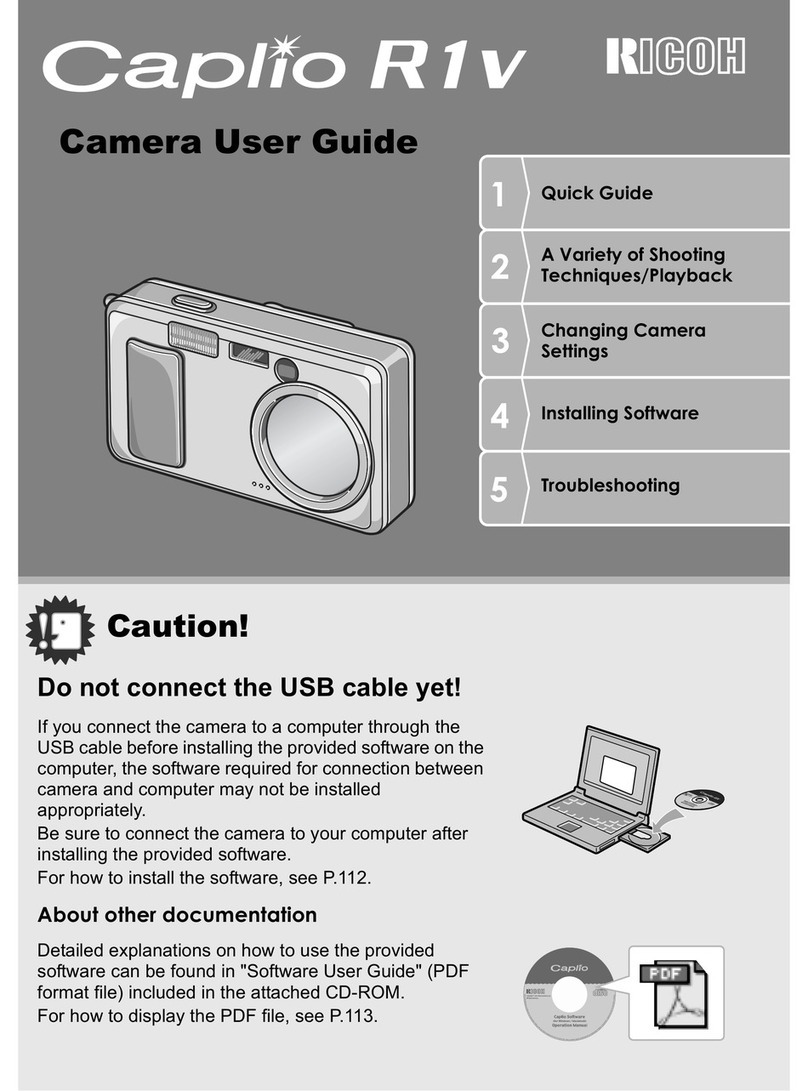
Ricoh
Ricoh Caplio R1V User manual
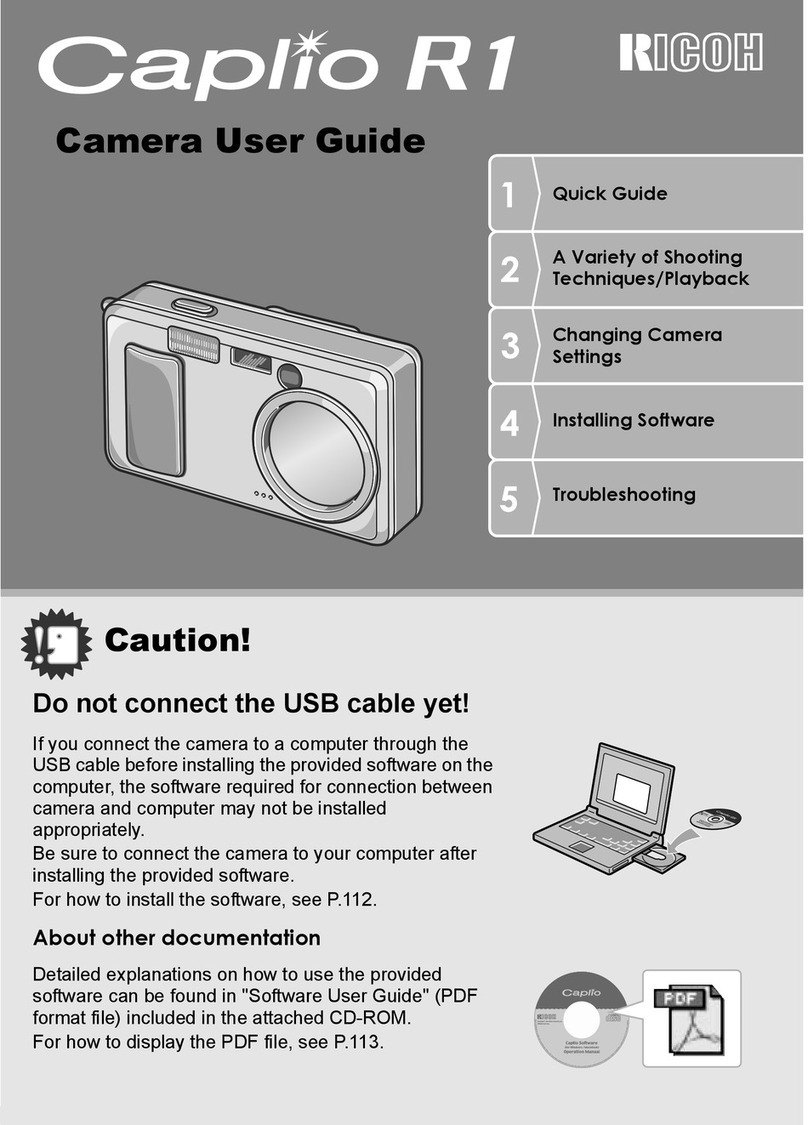
Ricoh
Ricoh Caplio R1 User manual
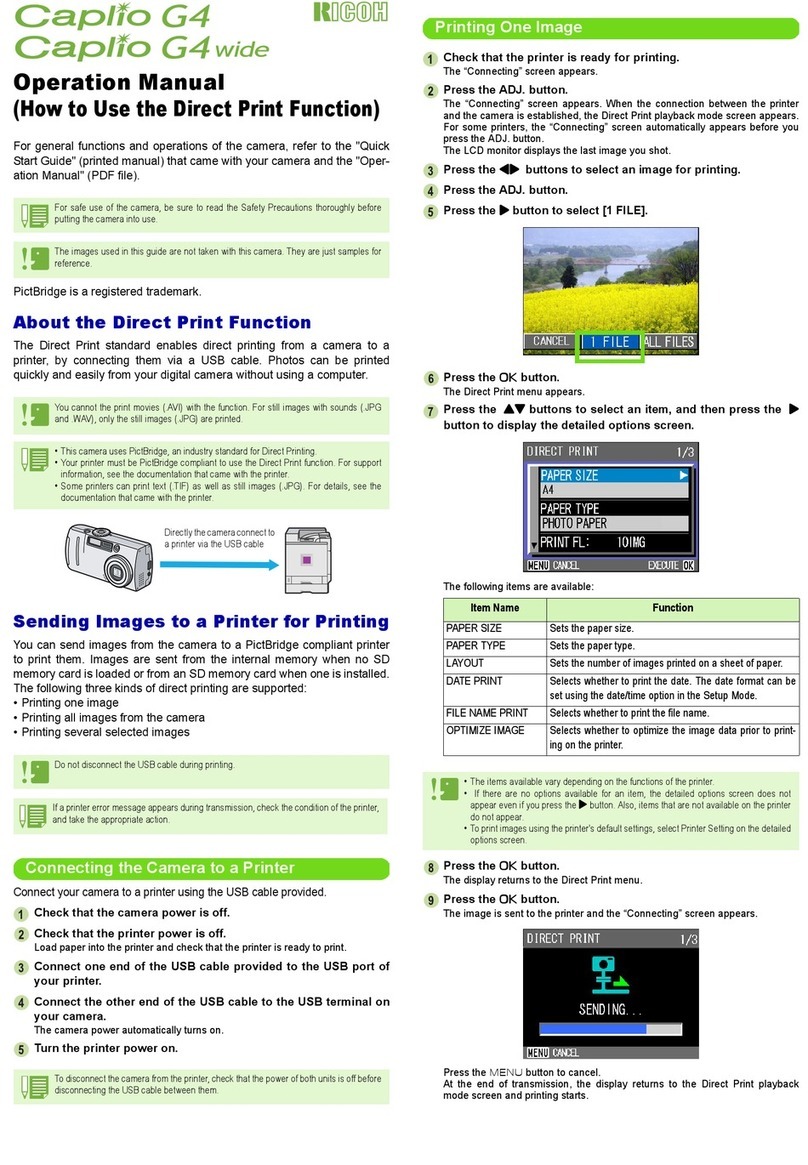
Ricoh
Ricoh CAPILO G4 User manual

Ricoh
Ricoh G800 User manual
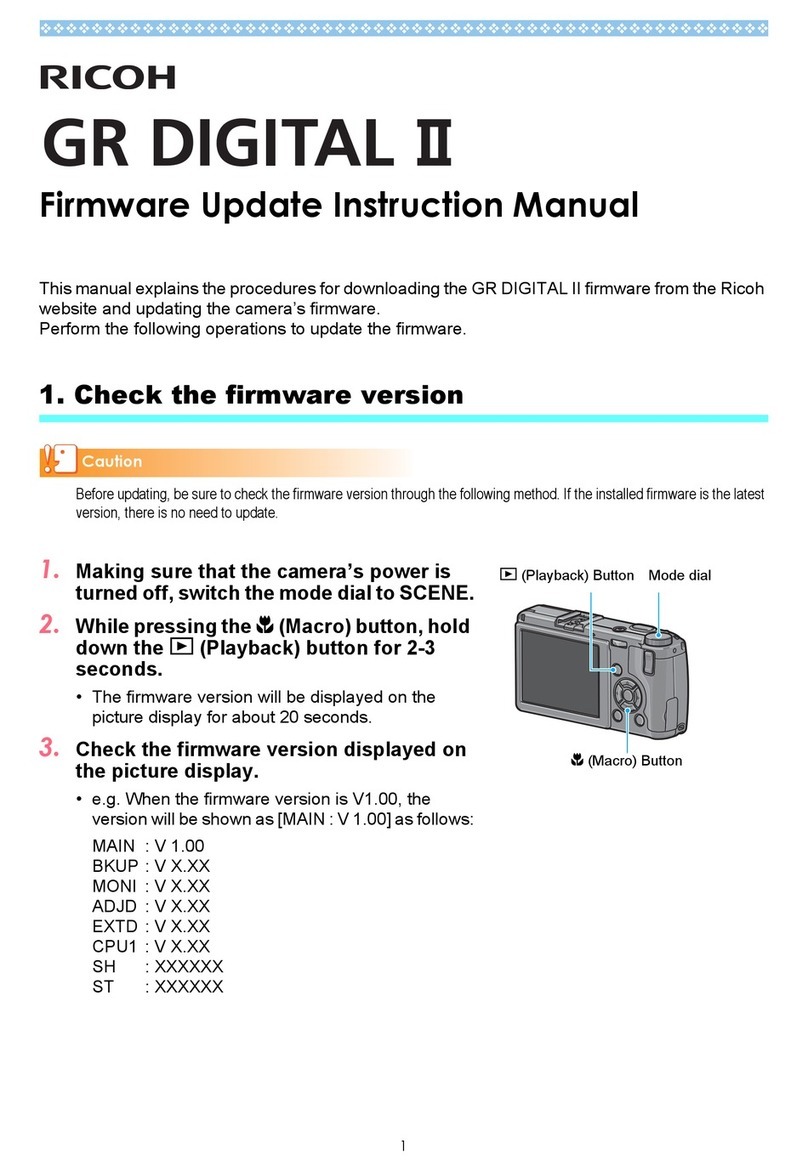
Ricoh
Ricoh GR Digital II Use and care manual

Ricoh
Ricoh RDC-6000 User manual
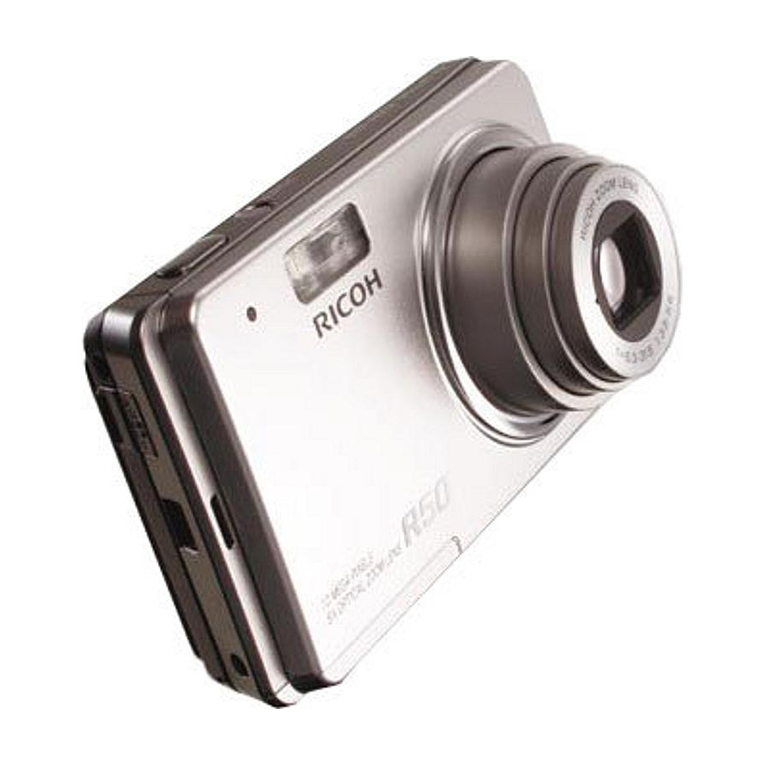
Ricoh
Ricoh R50 User manual
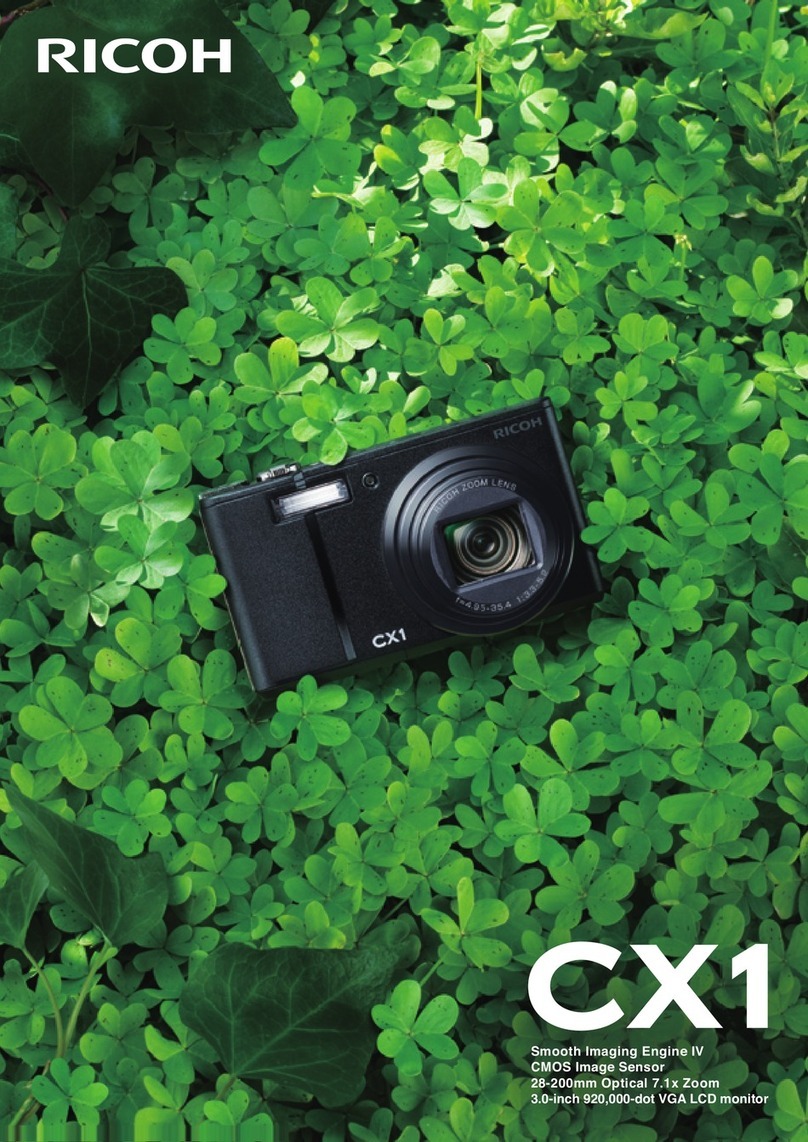
Ricoh
Ricoh CX1 User manual
